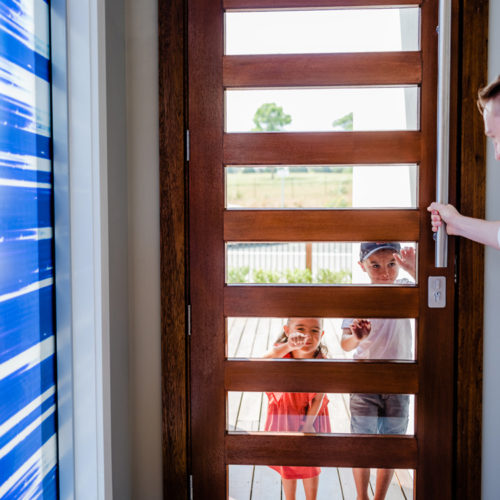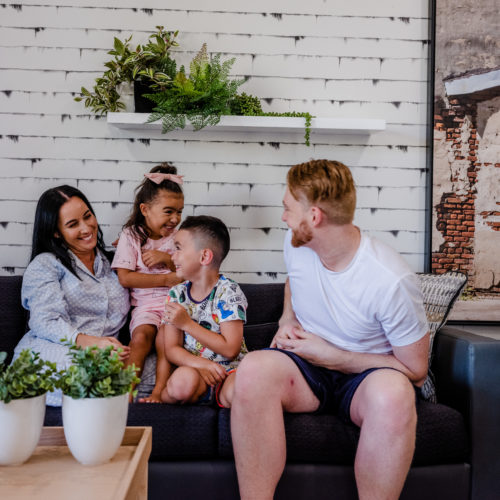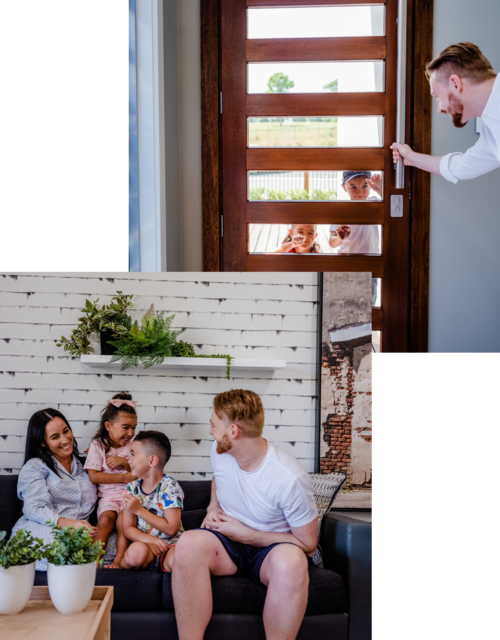Your home is a sanctuary – the place where you escape the worries of the world. It should be private, safe, and – most of all – secure for you, the people you love and the personal possessions you value.
Architectural Butt Hinge
Your home is a sanctuary – the place where you escape the worries of the world. It should be private, safe, and – most of all – secure for you, the people you love and the personal possessions you value.
Your home is a sanctuary – the place where you escape the worries of the world. It should be private, safe, and – most of all – secure for you, the people you love and the personal possessions you value.
Conducted by the Australian Bureau of Statistics (ABS) on Australian households reported that:
From the reported break-ins specifically, 74% of those households had property stolen and 49% had property damaged.
Conducted by the Australian Bureau of Statistics (ABS) on Australian households reported that:
From the reported break-ins specifically, 74% of those households had property stolen and 49% had property damaged.
The Break-In Busters Report 2017 revealed some interesting insights and statistics into Australians’ attitudes towards home security:
The Break-In Busters Report 2017 revealed some interesting insights and statistics into Australians’ attitudes towards home security:


Making a few simple changes can help occupants avoid becoming another crime statistic. And that begins with the most elementary of security practices – locking up.
The best place to start when it comes to improving home security is by upgrading locks. As the ABS reported, 47% of households that experienced an attempted break-in reported damage to or tampering with doors or windows.
A basic deadlock can cost as little as $30 and take just 10 minutes to replace. Deadlocks or deadbolts are a security essential as their flat design means they cannot be gripped or levered open. When selecting a lock, it’s important to consider the product’s design, features and testing standards.
Endeavour to get the fundamentals of home security planning right and always start with quality locks. Ensuring all outside doors and windows are fitted with working locks makes a significant difference to the security of your home. It’s a critical element that should never be overlooked:
Of course, not only is installation important, but so is upkeep.
Lane recommends that all locks are replaced every 10 years and that regular maintenance is undertaken to keep them in good working order.
When carrying out checks, you should inspect for:
And in the event that keys are lost, it’s best practice to change the locks altogether.
Naturally, both owner-occupiers and renters are equally concerned about home security. However, there’s confusion for the latter when it comes to what’s actually permitted to do to a rental property. In most cases, it’s the landlord’s responsibility to keep the premise secure. If locks are faulty, tenants should contact their real estate agent or landlord.
You and your loved ones deserve the peace of mind that your property and possessions are properly protected. Make sure home security is a priority. Don’t overlook the basics – upgrade the locks on your home’s doors and windows.
Making a few simple changes can help occupants avoid becoming another crime statistic. And that begins with the most elementary of security practices – locking up.
The best place to start when it comes to improving home security is by upgrading locks. As the ABS reported, 47% of households that experienced an attempted break-in reported damage to or tampering with doors or windows.
A basic deadlock can cost as little as $30 and take just 10 minutes to replace. Deadlocks or deadbolts are a security essential as their flat design means they cannot be gripped or levered open. When selecting a lock, it’s important to consider the product’s design, features and testing standards.
Endeavour to get the fundamentals of home security planning right and always start with quality locks. Ensuring all outside doors and windows are fitted with working locks makes a significant difference to the security of your home. It’s a critical element that should never be overlooked:
Of course, not only is installation important, but so is upkeep.

Lane recommends that all locks are replaced every 10 years and that regular maintenance is undertaken to keep them in good working order.
When carrying out checks, you should inspect for:
And in the event that keys are lost, it’s best practice to change the locks altogether.
Naturally, both owner-occupiers and renters are equally concerned about home security. However, there’s confusion for the latter when it comes to what’s actually permitted to do to a rental property. In most cases, it’s the landlord’s responsibility to keep the premise secure. If locks are faulty, tenants should contact their real estate agent or landlord.
You and your loved ones deserve the peace of mind that your property and possessions are properly protected. Make sure home security is a priority. Don’t overlook the basics – upgrade the locks on your home’s doors and windows.
Buildex® RAPIDDRIVE™ Bugle Batten screws are an evolution from traditional bugle battens, designed to improve productivity by delivering speed and ease of use in installation. Twice as fast as standard bugle batten screws, the Buildex® range features self-drilling functionality and a fast bite point for a quick start resulting in increased productivity on site.
The Ramset™ FrameBoss™ XPM is a fully automatic powder actuated tool, capable of fixing 10 pins without the need to reload or cycle the tool. The automatic piston return system and 10 pin magazine allow for faster fixing rates with less effort.